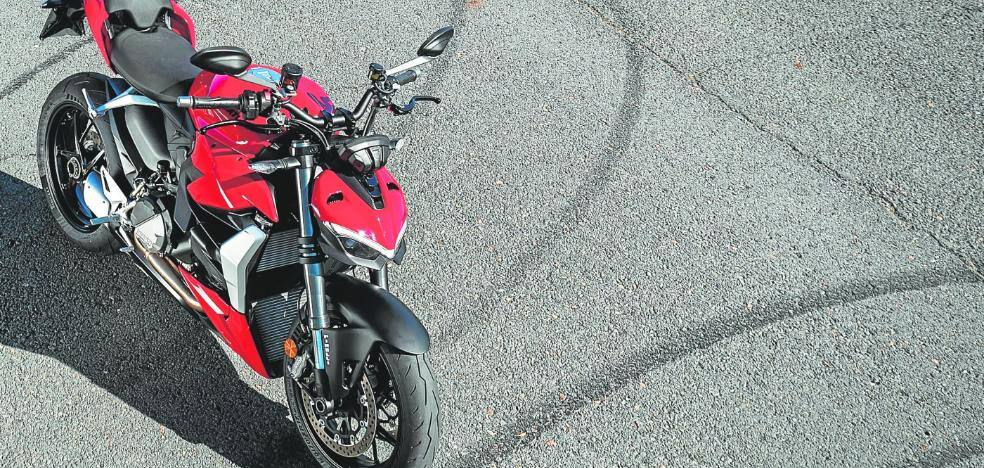The new Skoda Karoq has a more striking appearance, better aerodynamics and a plethora of safety and driver assistance systems
Following in the footsteps of its ‘big brother’ Kodiaq, the Karoq is the Czech brand’s second SUV model and has played a very important role for the Volkswagen Group since its launch in 2017, with more than half a million units sold. The facelifted Karoq features the new Skoda design language, with new details on the front grille, which is wider and now hexagonal, the redesigned skirts, as well as the headlights and taillights with LED technology, which are slimmer and sharper. The daytime running lights are now split in two and for the first time, the Karoq can be optionally equipped with Matrix full-LED headlamps. Aerodynamics have also been improved by more than 9%, meaning it now has a drag coefficient of 0.30 and CO2 emissions have been reduced. This improvement is made possible by the new alloy wheels, the longer rear spoiler, the side wings on the rear window and the covered underbody.
In addition to the Sportline variant, the Karoq is available in the trim levels Active, Ambition and Style. The entry-level prices in the range start at 22,150 euros for the Karoq Active 1.0 petrol, 3-cylinder and 110 hp version, with all possible discounts included in the launch campaign and financing with the brand.
Skoda’s new compact SUV is 4.39 m long and 1.84 m wide, has a height of 1.60 m and a wheelbase of 2.64 m. When fitted with the standard seats, the Karoq offers a large luggage space ( to 521 litres), which can rise to 1,630 liters with the rear seats folded. Other additional features include the front seats with electrical adjustment and memory function, as well as the optionally supplied three-zone automatic climate control system. Vario Flex rear seats are also optional, with the three individual rear seats, split at 40:20:40, which can be individually adjusted or removed completely.
The renewed Karoq offers five fuel-efficient engines, two diesel and three petrol engines that offer a power of 110 to 190 hp. The 190PS 2.0-litre TSI petrol engine is exclusive to the Sportline version and comes standard with four-wheel drive and a seven-speed DSG dual-clutch automatic transmission. The all-wheel drive uses a sixth-generation electronically controlled multi-disc clutch, which allows the system to react more quickly and to engage and disengage the four-wheel drive in fractions of a second.
The entry-level engine for the Karoq is a three-cylinder 1.0-litre TSI petrol engine, combined with a six-speed manual transmission, which develops an output of 110 hp. The 150PS 1.5-litre TSI four-cylinder petrol engine features ACT Active Cylinder Technology, which further reduces fuel consumption by automatically shutting down two cylinders when the engine load is low.
The two diesel engines of the EVO generation each have a displacement of 2.0 liters, with outputs of 115 and 150 horses respectively. Both units come standard with a six-speed manual transmission, while a seven-speed DSG is optional. When equipped with the automatic DSG transmission, the engine transmits power to the road via four-wheel drive. The Ambition and Style trim levels, as well as the Sportline variant, can be optionally equipped with DCC Dynamic Chassis Control and Progressive Steering. The DCC system continuously evaluates the driving situation and adjusts the vehicle’s damping and steering accordingly. The basic settings (Eco, Comfort, Normal and Sport) can be chosen in the driving mode selection, while in the individual mode they can be completely adapted to the driver’s taste. Progressive steering has a variable steering ratio, which provides better handling at higher speeds and greater agility when cornering.
The new Karoq offers other enhanced assistance and safety systems, as well as up to nine airbags. The Travel Assist system includes assistance systems such as predictive cruise control, Lane Departure Warning Assistant and an improved version of the traffic sign recognition system. The optional Crew Protect Assist system reacts to an impending collision to prevent an accident or minimize the severity of its consequences. If the vehicle’s sensors, now also located in the rear, detect an impending collision or sudden braking, the system automatically opens the open windows and, if necessary, the panoramic roof, and activates the hazard warning lights while the front seat belts are tensioned.
The Karoq includes other highly advanced active safety systems as standard, such as Front Assist with city emergency braking and predictive pedestrian protection, predictive cruise control, which uses images from the windshield camera, as well as data from the navigation system, and reacts in good time to speed limits if necessary or curves. In conjunction with the DSG automatic transmission, the Stop & Go function of the cruise control can automatically stop the vehicle and restart it in up to three seconds.
The Lane Departure Warning Assistant is also available, which is now able to identify areas of roadworks and all road markings. Hands-on Detect also checks if the driver touches the wheel every 15 seconds or loses control due to prolonged distraction or a potential medical emergency, activating the hazard lights and stopping the car in the lane in the detected
The Karoq will become a fully digital vehicle later this year when it comes to market with only a digital instrument panel. The Virtual Cockpit (also known as the digital instrument panel) has a 10.25-inch screen as standard. Thanks to the integrated eSIM, the SUV is always connected to the internet, giving it access to a large number of mobile online services from Skoda Connect.
Source: La Verdad
I am Ida Scott, a journalist and content author with a passion for uncovering the truth. I have been writing professionally for Today Times Live since 2020 and specialize in political news. My career began when I was just 17; I had already developed a knack for research and an eye for detail which made me stand out from my peers.



